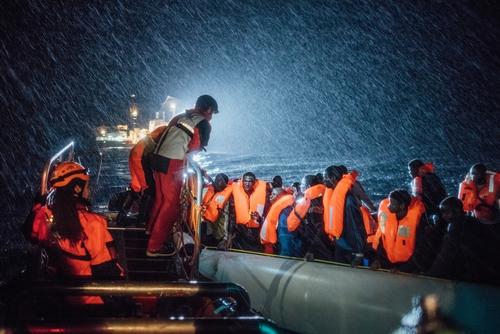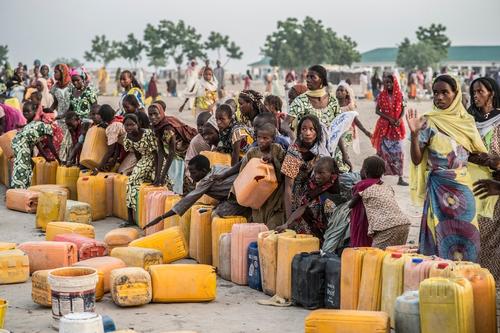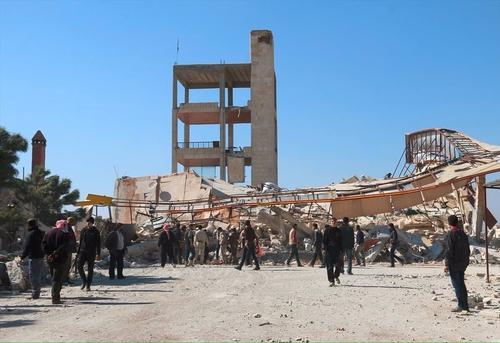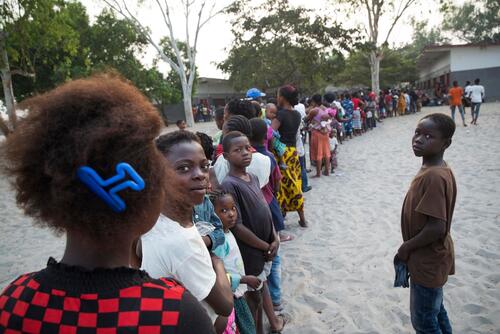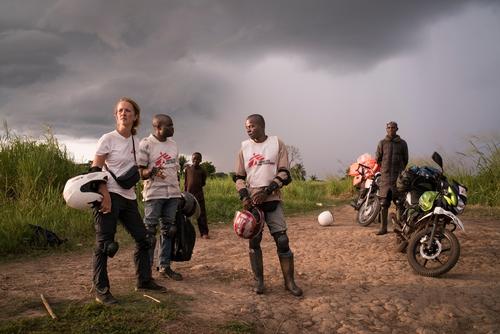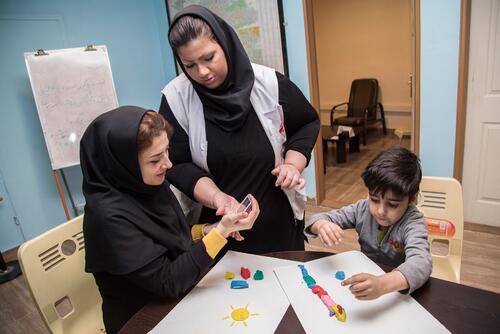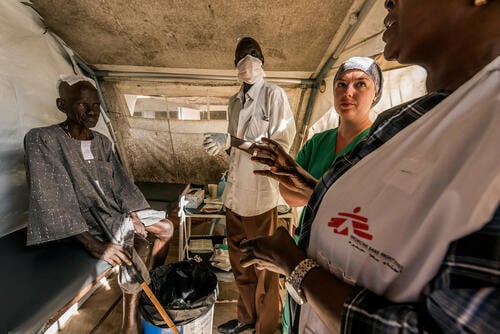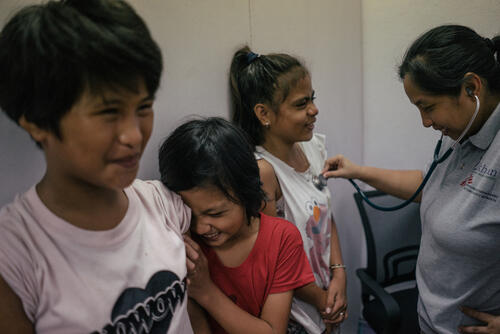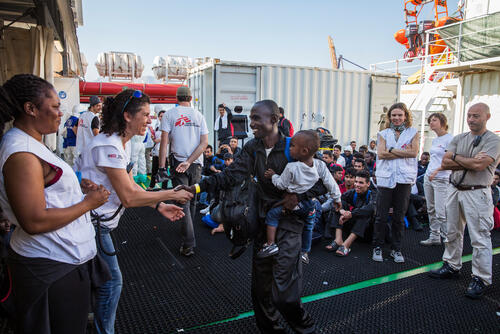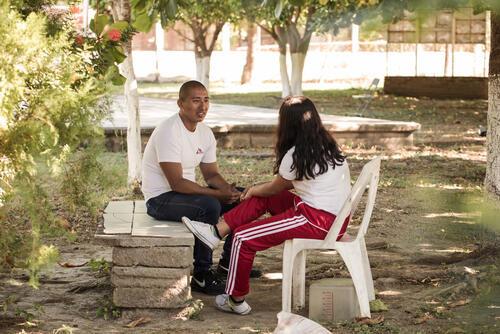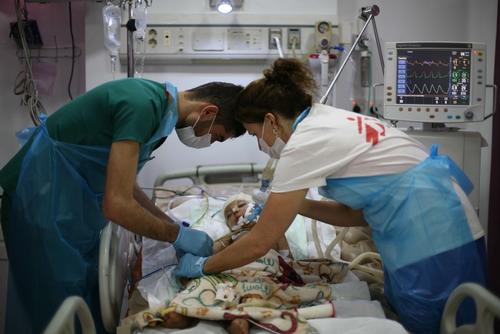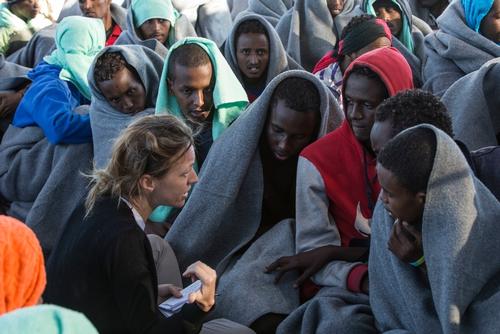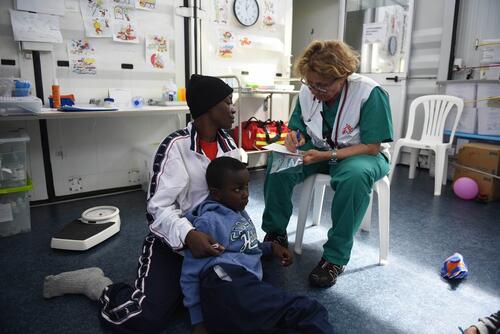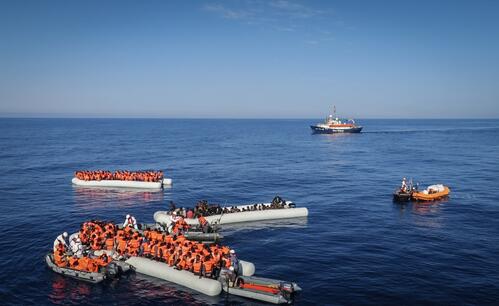In 2016, with still no safe or regular route out of Libya for asylum seekers and other migrants transiting or fleeing the country, at least 4,579* men, women and children died while risking it all to get to Europe.
The UNHCR estimates that 181,436 people made it to the relative safety of Italian shores, but each and every one of them had a story of hardship and suffering to tell. Sixteen per cent of the people who arrived in Italy were children and teenagers under 18 years of age, and 88 per cent of them were travelling alone.
The arduous journey for the 21,603 people MSF teams rescued began in countries as diverse as Bangladesh and Nigeria. There were also many from other sub-Saharan African countries – Guinea, Côte d’Ivoire, Mali, Chad and The Gambia – and from the Horn of Africa, especially Eritrea, as well as Syria and other countries in the Middle East. They fled wars, torture, conscription, forced labour, mass human rights violations, discrimination based on their sexuality, violence, persecution, extreme poverty and destitution.
According to the people interviewed by our teams, men, women and, increasingly, unaccompanied children transiting or living in Libya, are suffering extreme abuse at the hands of smugglers, armed groups and individuals who exploit the desperation of those fleeing conflict, persecution or poverty for cash. The abuses reported to MSF teams include being subjected to violence (including sexual violence), kidnapping, arbitrary detention in inhumane conditions, torture and other forms of ill-treatment, financial exploitation and forced labour.
Regardless of their reasons for taking to the sea in the first place, all those pushed to embark on an overcrowded and poor-quality boat were exposing themselves to a huge risk. The death toll on the central Mediterranean was higher in 2016 than in previous years, with more than one person dying for every 39 who survived. Despite these shocking figures, the European response was more of the same deterrence logic. Rather than focusing on saving lives and providing those fleeing Libya with a safe and regular route into the EU, the authorities decided to target smugglers, and shift responsibility to countries far from European shores. This approach served only to force smugglers to change their tactics and operate in an even more dangerous way to avoid patrols, thus causing yet more deaths. Once again in 2016, search and rescue, while only a band-aid solution, became the lifeline for thousands, and saved them from almost certain death on the sea.
* Figure from International Organization for Migration, Missing Migrants Project



